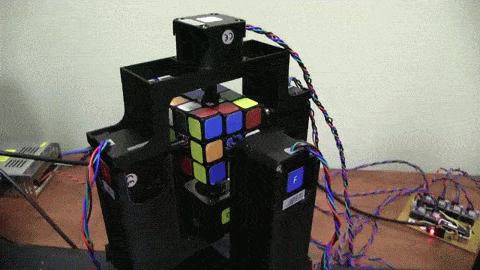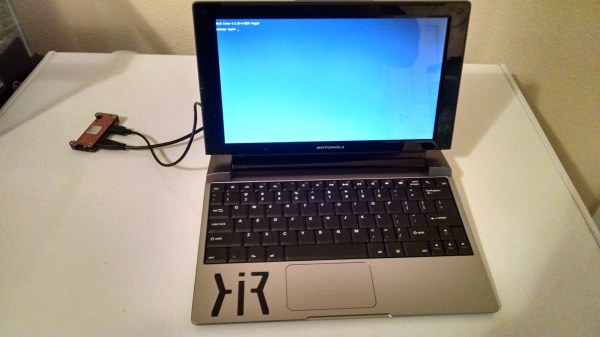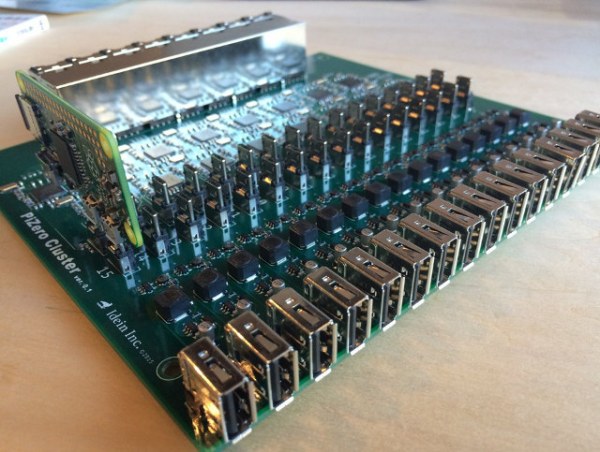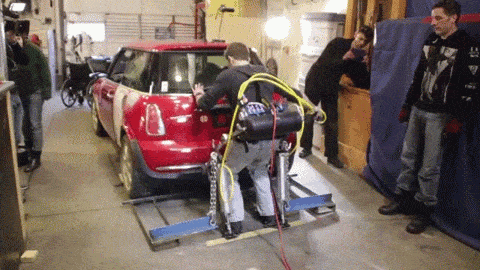After Jurassic World came out and interest in Jurassic Park took off, [Voicey] decided he just had to make his very own Jurassic Park tour vehicle. Only problem? He lives in the UK and Ford Explorers aren’t exactly common there.
Wanting to keep it as movie-accurate as possible, he knew he had to get a first generation Explorer, and luckily, he managed to find one on an American car Facebook page. He bought it and got to work.
The first step was building custom bumper and brush guards, which he re-purposed from a Land Rover. Then he had a lot of painting to do. A lot.
Continue reading “Ford Explorer Lives Again As A Jurassic Truck”








 You might remember
You might remember 








